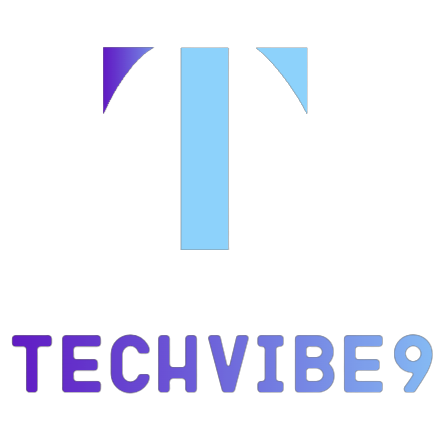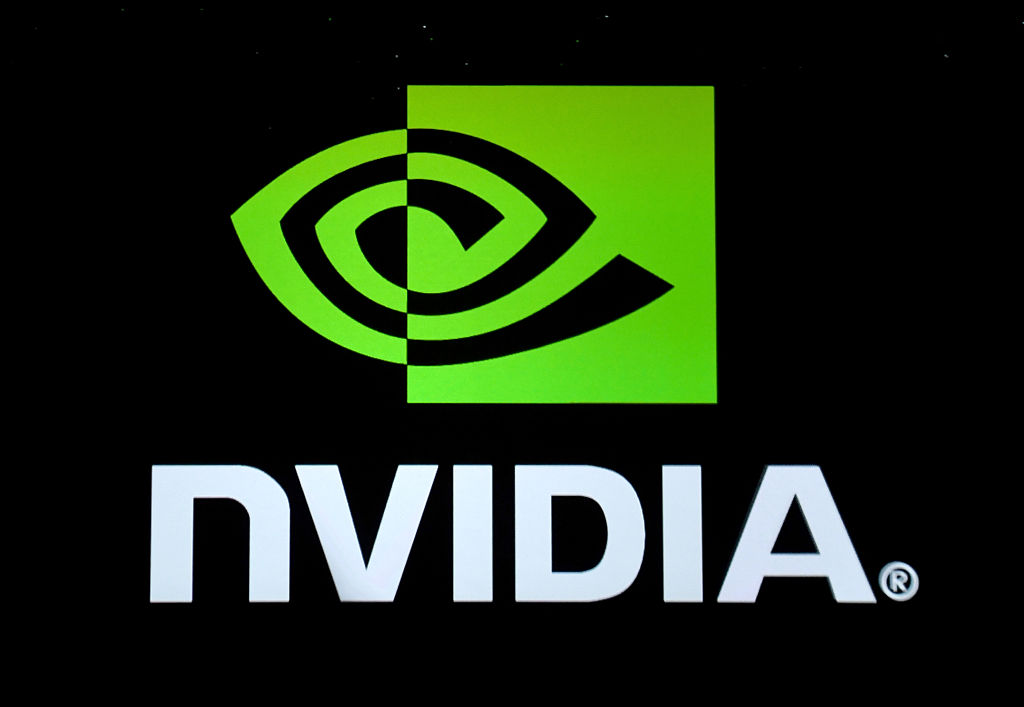The University of Birmingham in the UK has just revealed an ingenious device named EyeD which is designed to detect traumatic brain injuries (TBI) within minutes. Combining a spectrometer, laser, and smartphone, this revolutionary gadget offers a quick, accurate, and non-invasive method to assess TBI anywhere, from roadsides to sports fields.
According to the University’s press release, the unique diagnostic technology was developed under the leadership of Professor Pola Goldberg Oppenheimer from the School of Chemical Engineering. EyeD is created to evaluate patients immediately after sustaining an injury, which is especially crucial as early evaluation is a life-saving strategy for identifying brain trauma. The first hour is critical for detecting brain injuries, as untreated concussions can result in detrimental long-term effects. Since symptoms of brain damage can be delayed and require advanced imaging methods only available at hospitals, the portable TBI detector EyeD is a game-changer as it allows medical personnel to promptly and effectively assess possible brain injuries.
A newly published study states that EyeD detects the presence and concentrations of recognized biomarkers for brain damage by combining a class 1, CE-marked, eye-safe laser with a particular Raman spectroscopy system. This technology employs light to reveal molecules’ structural and biological features and measure the chemical alterations in the eye connected to brain injury.
The study also describes the design, production, and refinement of a proof-of-concept prototype of EyeD, and its efficiency in interpreting biochemical fingerprints of brain injury on the optic nerve. Using tissue from pig eyes and an artificial eye model, the researchers found that EyeD could reliably identify brain damage in both scenarios.
Looking ahead, researchers are preparing additional assessments for EyeD, such as patient acceptance, clinical feasibility, and effectiveness investigations. Furthermore, the diagnostic tool is expected to be developed further to categorize the injury as mild, moderate, or severe, directing triage appropriately and timely.

I have over 10 years of experience in the cryptocurrency industry and I have been on the list of the top authors on LinkedIn for the past 5 years. I have a wealth of knowledge to share with my readers, and my goal is to help them navigate the ever-changing world of cryptocurrencies.







